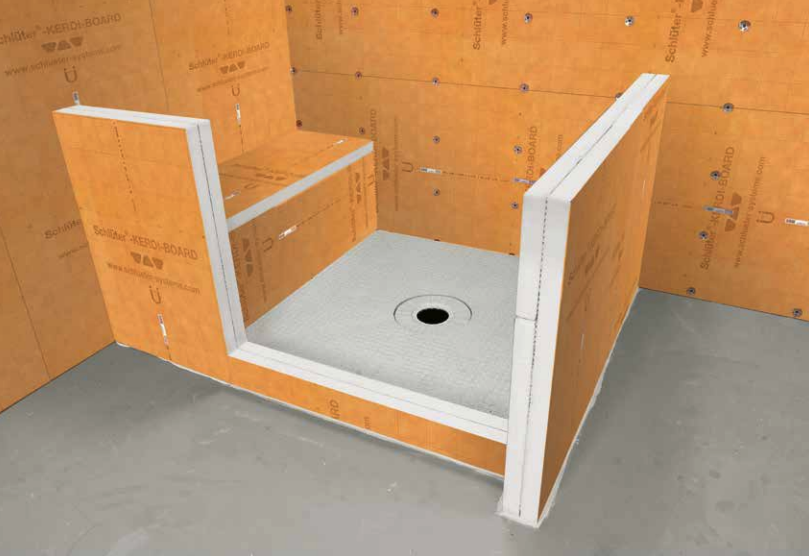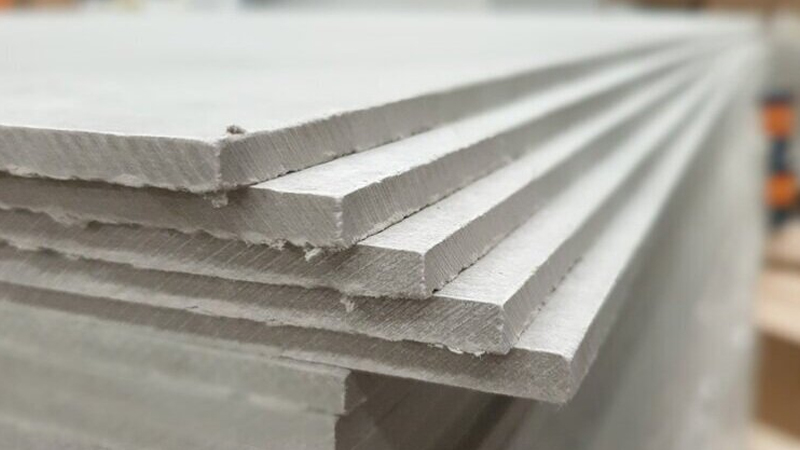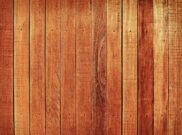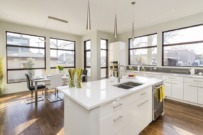Kerdi Board vs Cement Board Breakdown


Brian Jeffries
Brian Jeffries, a seasoned BPA Advisor. Brian is dedicated to sharing his wealth of knowledge on construction projects and materials. With a focus on architecture and building envelopes, Brian contributes valuable insights that shape the discourse around innovative construction practices and materials.
If you’re looking for the right tile underlayment, it can be a project on its own. You’ll need to not only think about laying out the tile, but you’ll need to feel sure that when it comes to beginning the tiling, it’s going to be able to stay on the wall. In fact, the success of the installation is going to be heavily based on the substrate to which the tile is attached. The underlayment, whether it be the floor, wall, countertop, whatever, all needs to be just ride.
This is vital as this is going to prevent cracks from occurring in the tile itself, but also the grout. Since the underlayment matters so much, you’ll have two major options Kerdi Board vs. Cement Board. So, here is everything you need to know about the two so you can make the best decision on what you should purchase!
Kerdi Board vs. Cement Board: An Overview
Before we begin with the similarities and differences between Kerdi board vs. cement board, let’s first figure out what they both are.
What is Kerdi Board?

Kerdi board was created as a way to help mitigate some of the flaws that cement board has. This material is a multifunctional tile substrate and it is a building panel too. This often gets used for tile underlayment, plus this can be used with bonded waterproofing assemblies. It’s made out of extruded polystyrene foam. This has special reinforcement material on both of its sides. Plus, the fleece webbing within the interior allows for effective anchoring.
What is a Cement Board?

Cement board is one of the more common materials that is generally used for underlying tile. Plus this is usually inside kitchens and bathrooms, plus, this can be used for normal floors too. This is one of the more inexpensive options, which is the main reason why so many people use this.
Kerdi Board Vs. Cement Board: What’s The Difference?
While cement board may be one of the more common substrates out there, Kerdi board isn’t bad either. Let’s dive into the major differences between these two substrates.
Value for Money
A major reason why cement board is very popular is mostly due to the fact that it’s very cost-effective. You can expect Kerdi board to cost about twice as much as the cement board.
Weight
One of the main differences between the cement board vs. Kerdi board is that Kerdi board is much lighter, and therefore usually much easier to work with.
Water Resistance
Kerdi board is waterproof thanks to the ingredients it contains. However, you could technically waterproof cement board as well.
Composition
In terms of composition, a cement board is made out of cement, which has a mesh lining within the middle of it. Kerdi board, on the other hand, it made up of polystyrene. So essentially, one is made from cement while the other is made of a special type of foam.
Stability
There isn’t a major difference when it comes to Kerdi board vs. Cement board in the stability department. Cement board is slightly more durable than Kerdi board. So, if you’re planning to lay this out such as a floor, one that will receive high traffic then cement board would be the right option. However, the cement board could still potentially crack, and if it does, this is going to make a massive impact.
Ease of Application
Kerdi board is significantly lighter than cement board. This immediately means that it will be easier to install too. One person could easily install Kerdi board, while the installation of a cement board may need two people. Plus, if the installation of the cement board isn’t right, then there is a chance of it falling due to its weight.
Fire Resistance
Cement board is far more resistant to fire and combustion compared to Kerdi.
Similarities of Kerdi Board vs. Cement Board
Now that we know there are some major differences between the two, let’s dive into the similarities.
Both Offer Various Sizes
Both of these tile underlayment boards are able to come in a variety of sizes. This is it great as it can suit a variety of spatial requirements and needs.
Serve the Same Purpose
These materials offer the main purpose of functioning as a tile underlayment. These materials can also be used in floor tile underlayment, bathrooms, and kitchens.
FAQ
No, you will not need to install a vapor barrier behind Kerdi Board. This is due to Kerdi Board acting as the vapor barrier.
Kerdi Board is suitable for shower floors.
Kerdi board can act as a great alternative to cement board. However, if you’re putting this on a floor with a lot of foot traffic, then cement board may prove to be more impact resistant.
Kerdi Board vs. Cement Board: Which Should You Choose?
Hopefully, you can now clearly see the difference between Kerdi Board and Cement Board. These two products have the same functionality, but it’s their features that make them both vary. If you’re new to DIYing, then the Kerdi board may be the best choice. However, if you’ve been doing projects for a while, then maybe something as rigid as cement board would be fine. Overall, it’s all about what you’re most comfortable using for your project. These are both great products that essentially both offer the same uses.
Get Smarter About Building Products
Join 50,000+ subscribers and get our 3 min daily newsletter on what matters in the building materials industry.
You might like this


Edgecomb Gray vs Revere Pewter: Greige Color Showdown
When it comes to the battle of Edgecomb Gray vs Revere Pewter, these two popular paint colors from Benjamin Moore offer unique characteristics that make them both highly sought-after choices for interior and exterior applications. In this in-depth analysis, we will explore the subtle differences between Edgecomb Gray and Revere Pewter, as well as their […]


Lifetime Steel Post vs PostMaster Fencing: In-Depth Guide
When it comes to fencing, the choice between Lifetime Steel Post and PostMaster Fencing can be a challenging decision for both DIYers and professional builders. In this blog post, we will dive deep into the features and styles of these two popular fence posts options. Lifetime Steel Post Features and Styles The Lifetime Steel Posts […]


Sunrise Windows vs Andersen: Comparing Quality & Efficiency
When it comes to choosing the right replacement windows for your home or construction project, Sunrise Windows and Andersen are two leading contenders in the market. Both companies offer a variety of window options with distinct features and benefits that cater to different needs and preferences. In this comprehensive comparison between Sunrise Windows vs Andersen, […]